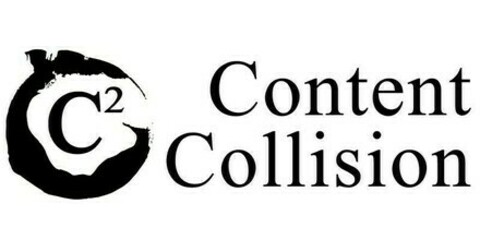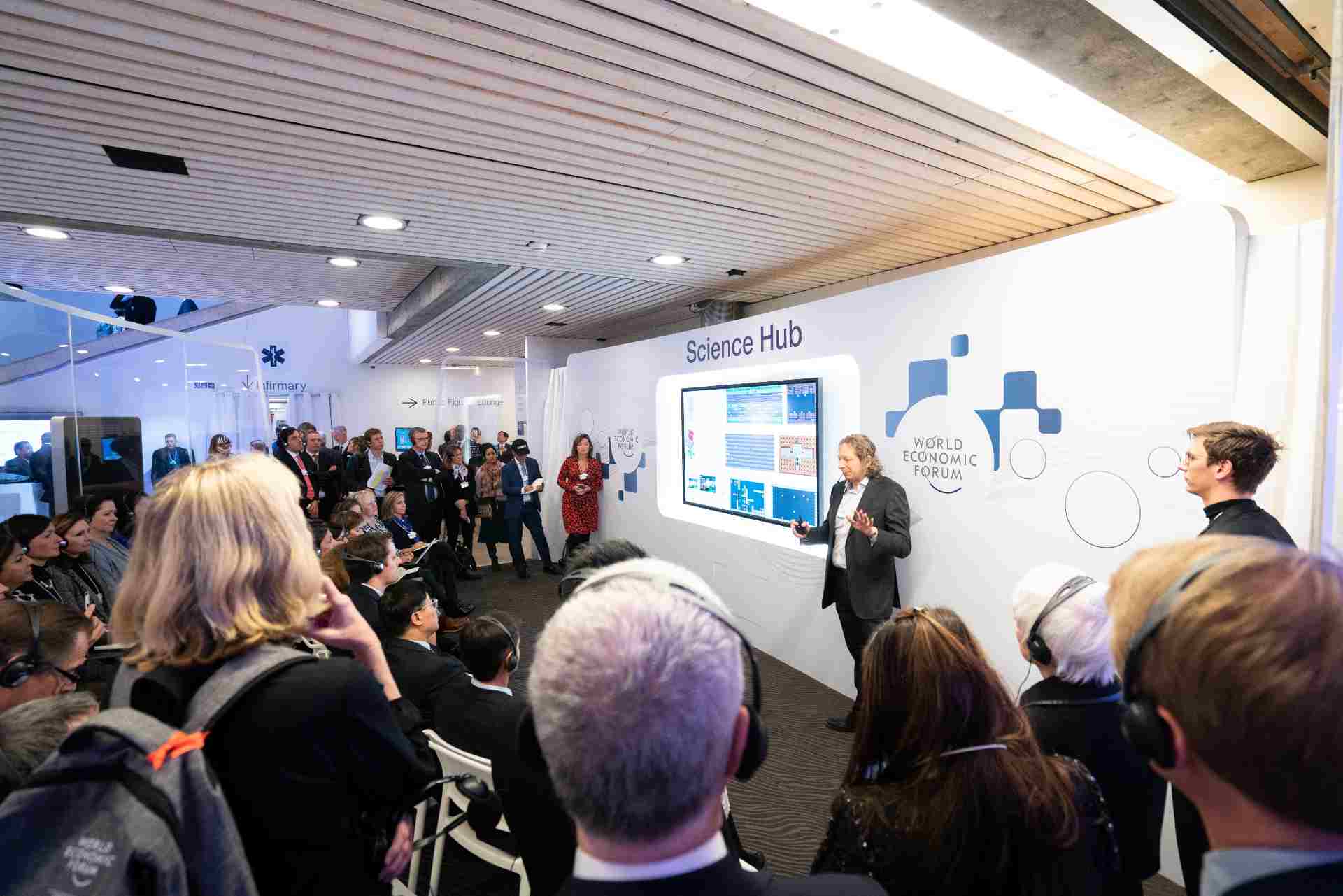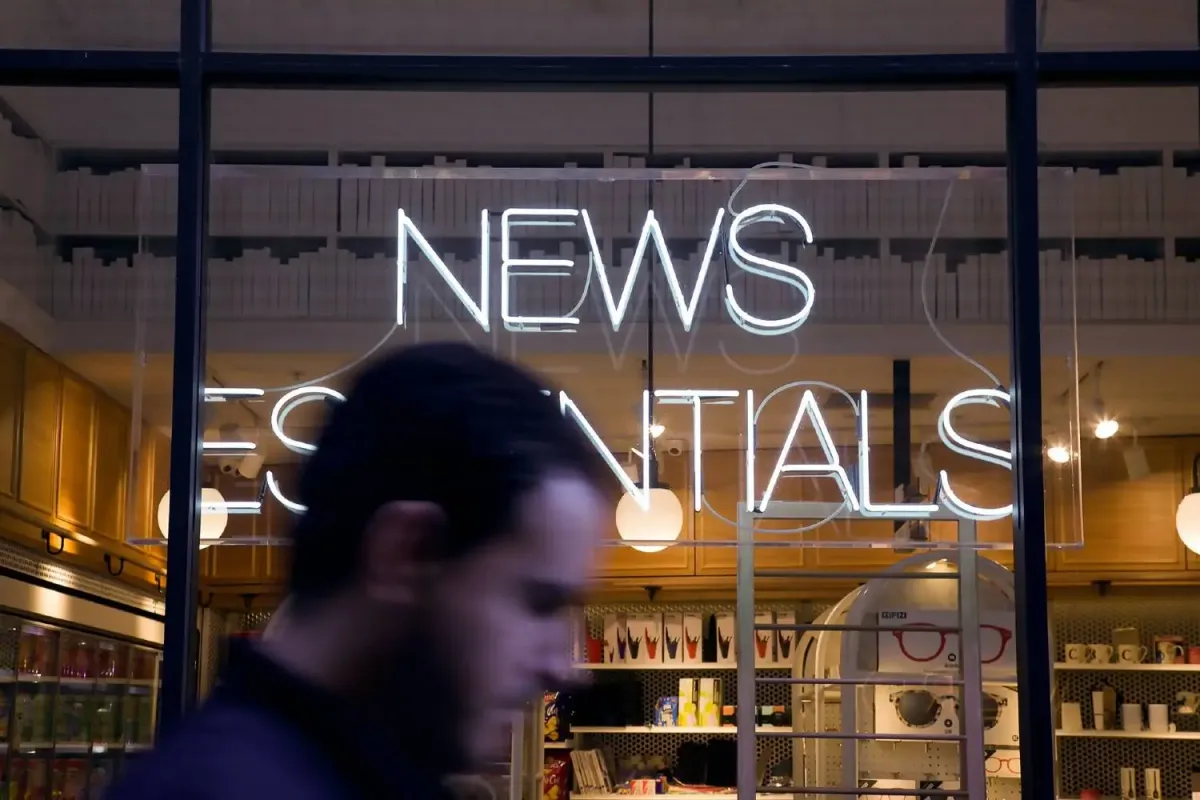Avoid the worst: underrated mistakes that ruin PR distribution services results
Find out how overlooked mistakes in PR distribution can damage your results and what you can do to get the most from your PR efforts.

Getting your press release seen by the right audience takes more than just good writing – it requires avoiding key PR distribution mistakes that can lead to disasters. You may have invested in a PR distribution service to get the best results, but some errors are often overlooked. These mistakes might seem like the right approach at first, but they can ultimately hurt your PR campaign.
If you’re ready to learn from these underrated mistakes, you’re in the right place. Here are the most common ones that ruin press releases, so you can get the most out of your PR distribution service.
Mistake #1: Focusing too narrowly on media targeting to avoid irrelevance
Many brands limit their media outreach out of fear that their press release might end up in the wrong media category. By only targeting a small, specific group of outlets, they hope to increase the relevance of their message. However, this cautious approach often backfires.
The problem is that sending a press release to a journalist doesn’t guarantee it will be published. Even with a compelling story, journalists may choose not to cover it due to timing, editorial focus, or competing stories. By narrowing the media list too much, brands reduce the chances of their release being picked up, missing potential coverage in related outlets that may have been interested.
Solution: To maximize media coverage, target a broad range of outlets within your industry, rather than limiting your reach too much. Consulting with your PR distribution service can help identify the best-fit media outlets.
For example, Content Collision (C2) often suggests which media are most likely to be interested in a given narrative. C2 also emphasizes aligning the press release content with both media interest and business goals, ensuring it has a high chance of being picked up.
As a benchmark, expect around 50% of targeted media to pick up your story. If significantly fewer outlets respond, this could be a sign that something went wrong with your targeting or messaging.

Mistake #2: Expecting widespread media coverage from a very good single press release
A common assumption many companies make is that one well-crafted press release will be enough to generate widespread media coverage. After hiring a PR distribution service, they believe that if the press release is strong, the media will flock to it, expecting immediate results and broad exposure.
However, the reality is often more disappointing. Despite a well-written press release, it might receive minimal attention, leaving the brand frustrated and questioning the value of the PR distribution service. When the anticipated splash doesn’t happen, it can lead to distrust in PR efforts, and some companies may even pause future PR campaigns altogether.
Solution: Press releases should be treated as part of an ongoing, long-term strategy, not a one-off solution. Consistent outreach over time, combined with regular updates and compelling storytelling, helps build stronger relationships with journalists. This ongoing approach increases the chances of getting coverage in the future, especially when supported by follow-ups and different media angles.
For example, many PR professionals recommend building a "the cycle," spreading the messaging out over months. This approach gives the brand time to build anticipation and develop a stronger story arc, rather than relying on one press release. Content Collision (C2) highlights the importance of planning a PR campaign timeline across an entire year, ensuring that journalists don’t get bored with repetitive messaging, while allowing the story to build naturally toward a climax.

Mistake #3: Over-optimizing for SEO in the press release (a.k.a. hoping for a backlink from media coverage)
Some companies overly focus on SEO when crafting their press releases, packing the content with keywords and links in the hopes of boosting online visibility and search engine rankings. They may believe that keyword density is the key to success, and sometimes, the PR distribution service doesn’t correct this approach because SEO appears to be a priority.
The result, however, can be disappointing. The press release ends up reading unnaturally, feeling more like a keyword-filled SEO attempt than an engaging story. Journalists are often turned off by this overly promotional tone and ignore the release altogether.
Worse still, search engines may penalize the brand for keyword stuffing, which can harm its ranking rather than help it. Furthermore, expecting backlinks from media coverage is wishful thinking—most media outlets rarely provide active links in organic press releases. If they do, it’s more of a "charity" since media companies, like any other business, have their own products to promote. If backlinking is a priority, sponsored posts are a more reliable option, but they come at a much higher price than organic press release distribution.
Solution: Instead of stuffing your press release with keywords, focus on writing content that reads naturally, with only a few relevant links and keywords. Prioritize clarity and strong storytelling, which will make the press release more appealing to journalists and readers alike. Any SEO benefits will come organically from the press release being shared and picked up naturally. As a tip, never rely on press releases for backlinks; focus on building your brand's reputation and generating positive sentiment, which can still be tracked and measured without the need for SEO-centric metrics.
Mistake #4: Relying heavily on automation for press release distribution
Many companies choose PR distribution services that depend heavily on automated tools to blast press releases to large lists of media outlets. The logic behind this is simple—reach as many people as possible with minimal effort.
However, this approach can also backfire. While the press release may reach a wide audience, many journalists may find the content irrelevant to their niche. When a press release comes across as generic or misplaced, it’s seen as spam, which can harm the brand’s credibility. Journalists may begin to overlook future communications, and relationships with key media outlets could suffer, resulting in no coverage at all.
Automation has its place in PR, but without the right strategy, it can feel impersonal and ineffective. For example, Content Collision (C2) takes a different approach by building strong, personalized relationships with tech and business journalists. By understanding each journalist’s preferences and interests, they can carefully craft both the media list and the press release narrative. This targeted and thoughtful outreach helps ensure the story resonates and increases the chances of media pickup.
Solution: While automation is great for efficiency, it should be balanced with personalization. Always review your media list to make sure your press release is going to the right outlets. Whenever possible, include a personal note for key journalists, explaining why your story is relevant to them and their audience. This extra effort makes your press release stand out and builds valuable media relationships over time.
Mistake #5: Assuming that any news is good news
Sadly, there are still companies that believe issuing frequent press releases—even for minor updates—will keep them visible and relevant in the media. The assumption is that constant media exposure will help maintain top-of-mind awareness. But this strategy often leads to diminishing returns.
When brands push out too many press releases without a compelling story, journalists may become disengaged. Over time, they could start ignoring the brand’s updates entirely, even when there’s important news to share. This harms the brand’s relationship with the media and reduces the chances of getting meaningful coverage.
Solution: Focus on sending press releases only when you have substantial news, like product launches, partnerships, or key data insights. Use blogs or social media for smaller updates to maintain engagement without overwhelming journalists. Consider adopting the "cycle" framework, which involves planning a series of stories that gradually build over time. By pacing your press releases and aligning them with a larger narrative, you can create momentum that leads to peak interest when a major announcement is ready. This method ensures consistent relevance without overloading journalists.
Mistake #6: Being overly cautious with messaging to avoid mistakes
Some companies, concerned about potential backlash or PR missteps, end up working with their PR service to create press releases that are overly cautious and safe. While this might seem like the safest route, it often results in a press release that lacks any bold claims or engaging narratives.
The problem with this approach is that the press release can come across as bland or uninspired, making it hard to capture the media's attention. Journalists, inundated with pitches, are likely to overlook a story that doesn’t stand out from the competition or offer a compelling angle. Without that hook, your press release risks getting lost in the crowd.
Solution: While it’s important to avoid PR blunders, your messaging should still be bold and engaging. Find a unique angle that resonates with journalists, ensuring your story has both appeal and substance.
At the same time, maintain accuracy and professionalism to protect your brand’s reputation. It’s helpful to test your messaging with internal stakeholders to strike the right balance between being safe and grabbing attention.
Consulting with your PR agency can be invaluable here—they can help ensure your message remains business-safe while still appealing to journalists with an interesting angle that’s likely to generate coverage.
Mistake #7: Setting expectations for immediate media coverage
Some clients expect quick and significant media coverage as soon as their press release is distributed. They assume that a well-crafted release will immediately grab attention and generate widespread media pickups.
However, when the press release doesn’t get immediate coverage, frustration can set in. The brand may feel that the PR service hasn’t delivered on its promises, potentially leading to dissatisfaction or even ending the relationship due to unmet expectations. In reality, it often takes at least a day for one media outlet to publish a story, as seen from Content Collision (C2)'s experience. Journalists have their own timelines and workloads, so expecting instant results is rarely realistic.
Solution: Set realistic expectations and recognize that PR is a long-term strategy. Each press release helps build awareness and strengthen relationships with the media, but immediate coverage is uncommon, especially if the news isn’t urgent. Work with your PR service to track progress, follow up with media contacts, and be patient. Building consistent media interest takes time, but a well-managed approach will yield better results in the long run.
Don’t worry—experienced PR distribution services typically have a strong playbook to help avoid these mistakes and ensure your press release gets the attention it deserves. In fact, they can offer valuable guidance throughout your entire PR campaign to help you achieve better results.
For more, see our next article on recommended newswire and PR distribution services here.

Content Collision provides performance-based digital PR services and B2B content marketing services for tech startups in APAC and beyond. Book a quick call with our team to learn more.



